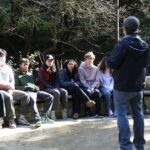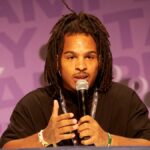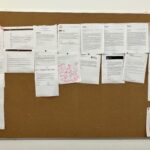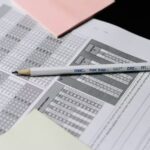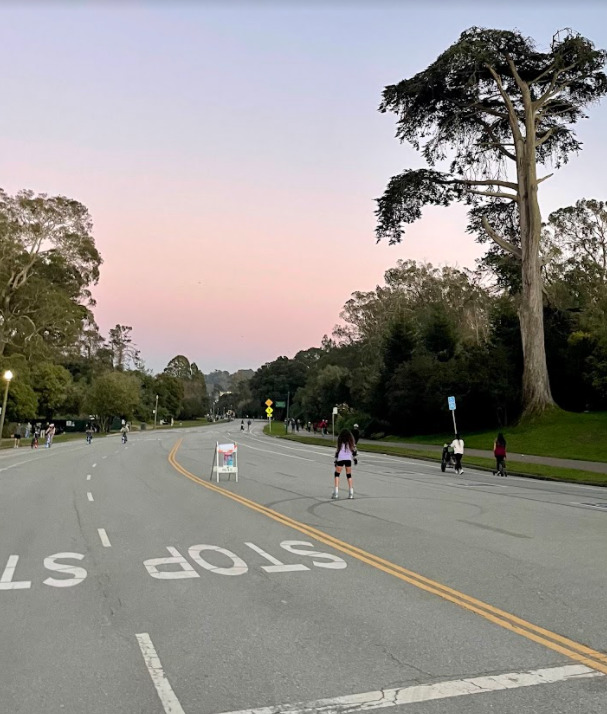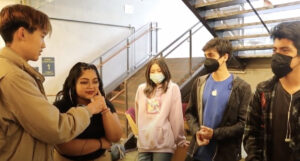John F. Kennedy Drive is a 7.3 mile promenade that begins in the Panhandle on Fell St. and ends near the Golden Gate Park Windmills & Tulips by Ocean Beach at Bernice Rodgers Way. The promenade cuts through Golden Gate Park and provides access to most of the park’s attractions like the Polo Fields, the De Young Museum and more. JFK is currently car-free for people to exercise, bike and walk through.
At the onset of the pandemic in April 2020, Mayor London Breed issued an emergency order, making JFK Car-Free to create safe access and recreational space for those who were cooped up in their houses during quarantine. Car-Free JFK was a gift to San Franciscans to exercise and enjoy the fresh air safely on an open promenade amidst the calamities of the pandemic.
Now that schools, work places and businesses have opened up, questions have arisen: is JFK and Golden Gate Park as a whole accessible to all residents of San Francisco? Is vehicular traffic necessary for equitable access to the park?
The Golden Gate Park Safety & Access Program is a project of the San Francisco Municipal Transportation Agency (SFMTA) and the San Francisco Recreation and Parks Department (SFRPD) that works on understanding the public’s opinions on the best uses of the park and improving access to the park for all.
Christopher Kidd, a senior planner with the SFMTA, stated that the Golden Gate Park Safety & Access Program works to eliminate the barriers that keep people from enjoying the park. Kidd said that he hopes “all people in San Francisco feel a deep connection to Golden Gate Park,” and that it is not only something that they can easily access, but is a place where they feel truly welcome, reflected and represented.
The Golden Gate Park Safety & Access Program started public outreach in September of 2021. Through surveys, workshops and panels, the SFMTA and the SFRPD engaged nearly 10,000 people in a survey on the best uses for Golden Gate Park — 8,795 people provided their input on JFK specifically and 6,156 people reported that keeping JFK car-free was desirable.
In the five years before the pandemic, there were many injuries of pedestrians and bikers in Golden Gate Park. Since JFK transitioned to car-free, there have been no accidents. Allowing cars to pass through JFK increases the probability of car collisions with bikers, skaters and pedestrians trying to enjoy the greenery.
Notably, however, SFMTA reported low support for Car-Free JFK from people with disabilities. People arguing for JFK to open to cars believe that keeping JFK car-free limits opportunities for those who are not fit or able-bodied to get to Golden Gate Park destinations. According to the SFMTA survey, only 39% of people with disabilities supported the car-free promenade.
Another group negatively impacted by Car-Free JFK is those who live farther away from the promenade. Many argue that Car-Free JFK has decreased opportunities for residents who live far away to equally enjoy the car-free area because it limits transportation to and through the park via car.
According to the San Francisco Richmond Review, on December 17, six plaintiffs filed a lawsuit against Philip Ginsburg, the general manager of SFRPD and the Parks Commission “for violating state and local laws in shutting down the Great Highway, John F. Kennedy Drive and Martin Luther King Jr Drive to their disfavored members of the public.” The plaintiffs believe that having these streets closed, while other businesses are open negatively impacts many San Franciscans.
Supervisor Shamman Walton represents Distrct 10 and is the current President of the San Francisco Board of Supervisors. Walton has argued that Car-Free JFK limits Southeastern San Francisco neighborhoods’ access to Golden Gate Park.
According to the SF Chronicle, Supervisor Walton stated that keeping Car-Free JFK was “segregationist” for Bayview, Mission, Lakeview and Excelsior communities during a meeting with the San Francisco County Transportation Authority (SFCTA). His argument was supported by D1 Supervisor Connie Chan and D11 Supervisor Ahsha Safai. The park is mostly in the jurisdiction of the D1 Supervisor, as Golden Gate Park lies in her district.
Even though allowing cars to pass through JFK would allow those who live farther away to visit the park more frequently, not everyone has access to cars.
Our solution lies in a stronger network of public transportation. As a youth who is unable to drive, bus lines like the 44 have opened opportunities for me to enjoy Golden Gate Park.
Better public transportation can be an opportunity to bridge neighborhoods and save our climate, which is a win-win choice. We must steer away from a world dominated by cars and look to public transportation for solutions.
Public transportation serves everyone and in placing value on the system, we create opportunities for those who rely on it the most. We open opportunities for the elderly, people with disabilities and low-income people who are unable to drive. Most importantly, we can invest in an environment-friendly world where transit service is prioritized in our streets.
A stronger public transportation system is a solution to many of the equity and land use issues we face today. More reliable and convenient bus lines would allow for communities who live far away from Golden Gate Park to visit the space without the issues of finding parking or endangering other pedestrians or bikers who visit the promenade.
